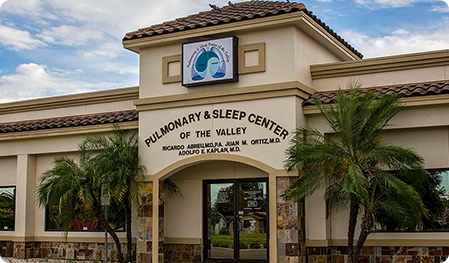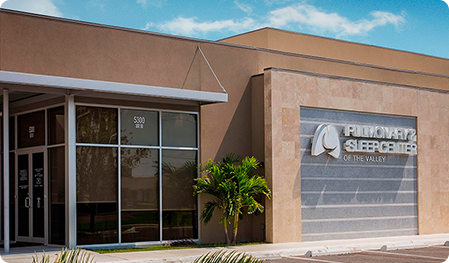PleurX™ Pleural Catheters
The PleurX drainage system includes a drainage catheter and drainage bottles that collect fluid. The PleurX catheter is inserted, typically as a simple outpatient procedure, in the chest for draining pleural effusions or in the abdomen for draining malignant ascites. The end of the catheter stays outside of the body, hidden under a bandage when you are not draining.
When you need to drain fluid, simply connect the end of the catheter to the drainage line on the collection bottle, following the directions for use, and the bottle will automatically draw out the fluid. This is a simple way to drain fluid without needing to go to a medical facility on a repeat basis.



